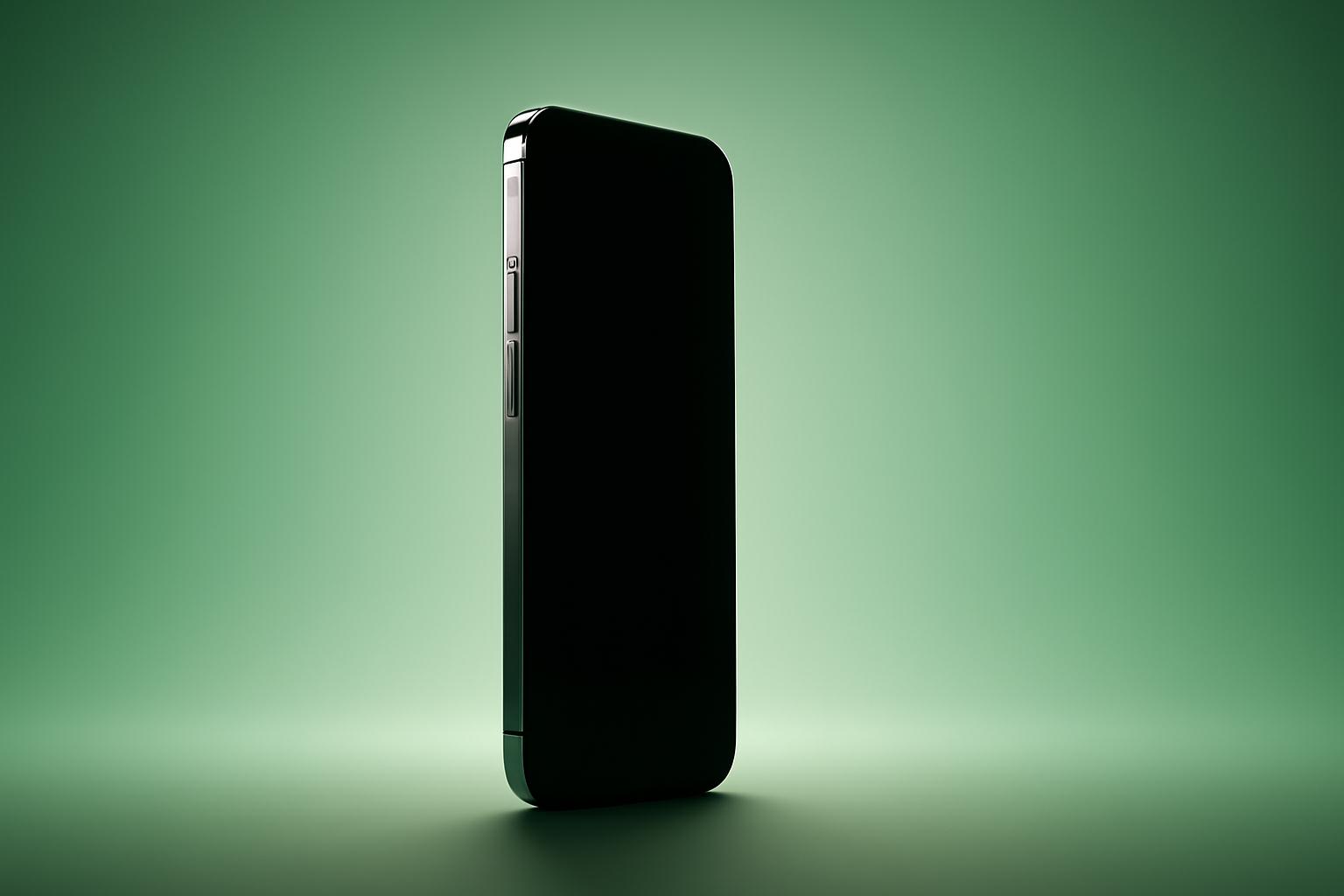Apple Unveils the Ultra-Thin iPhone Air, Replacing the Plus Model
At its hardware event on Tuesday, Apple introduced the iPhone Air, marking the company’s thinnest and lightest smartphone to date. This new model replaces the iPhone Plus in Apple’s 2025 lineup, following last year’s underwhelming sales performance of the iPhone 16 Plus, according to data from research firm DSCC.
The iPhone Air draws inspiration from Apple’s MacBook Air strategy, which debuted in 2008 as an ultraportable laptop positioned between the affordable MacBook and the premium MacBook Pro. Apple is now applying this “Air” philosophy to the iPhone, emphasizing a slim and lightweight design.
Design and Display
The iPhone Air features a titanium frame measuring just 5.6 millimeters thick, making it approximately 2 millimeters thinner than current iPhone models and slimmer than Samsung’s Galaxy S25 Edge, which measures 5.8 millimeters. To visualize its thinness, Apple compared it to four stacked dimes, totaling about 5.4 millimeters.
The device sports a sizable 6.6-inch display with a 120 Hz ProMotion refresh rate, a feature previously exclusive to Apple’s Pro models. It is powered by the A19 Pro chip, also found in the latest Pro and Pro Max models, delivering enhanced performance over the base iPhone 17.
Camera and Connectivity
Addressing early concerns about camera capabilities and battery life, Apple introduced a new 48-megapixel fusion camera system that combines multiple advanced imaging technologies into a single unit. The iPhone Air operates solely on eSIM technology, eliminating the physical SIM card slot to maintain its sleek profile and improve security by preventing unauthorized SIM removal.
Battery Life and Accessories
Despite its slim form factor, Apple claims the iPhone Air offers all-day battery life. The upcoming iOS 26 update will introduce Adaptive Power Mode, leveraging Apple Intelligence to optimize battery usage dynamically. Additionally, Apple launched a new line of Air-exclusive accessories, including a slim MagSafe battery pack compact enough to fit in a pocket, extending video playback time up to 40 hours.
Apple also offers two custom cases: a translucent 1 mm-thick case in frost and shadow colors, and a lightweight bumper available in four colors. A new cross-body strap is also compatible with the iPhone Air. Color options for the device include space black, cloud white, light gold, and sky blue.
Market Position and Future Outlook
Rumors of an ultra-thin iPhone Air surfaced in 2024, with Bloomberg’s Mark Gurman suggesting the design would influence future iPhone models much like the MacBook Air shaped Apple’s laptop lineup. While the original MacBook Air faced criticism for price and connectivity issues, it eventually became Apple’s best-selling laptop.
Potential buyers should weigh whether to invest in the initial iPhone Air model or wait for future iterations with improved features. The ultra-thin design may also lay the groundwork for a foldable iPhone, a device rumored to launch next year, aimed at enhancing Apple’s competitiveness against Samsung and Google and regaining market share in China.
FinOracleAI — Market View
The introduction of the ultra-thin iPhone Air at a $999 price point represents Apple’s strategic pivot to reinvigorate its smartphone lineup following the underperformance of the Plus model. The emphasis on design innovation, combined with high-end features like the A19 Pro chip and advanced camera system, is likely to appeal to premium consumers seeking lightweight devices.
Key risks include consumer skepticism over battery life in a thinner device and potential hesitation to adopt the eSIM-only format. The success of the Air will depend on market reception to these trade-offs and the uptake of the new accessory ecosystem.
Investors should monitor initial sales data and user feedback closely, as the Air could set the design language for future models, including the anticipated foldable iPhone, which would significantly impact Apple’s competitive positioning.
Impact: positive













